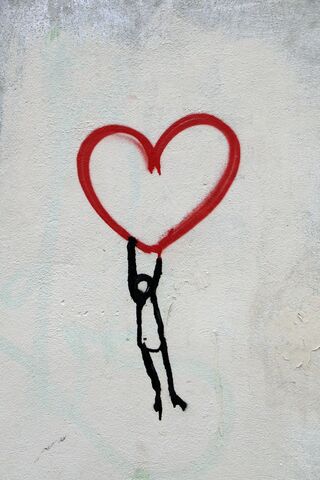
I was driving not totally mindlessly this morning along a familiar highway, on my way to get the bloodwork ordered by my cardiologist. I allowed my mind to wander to my next birthday, in February of next year. I will be 60.
On my 50th birthday, the best brother in the world threw me a party at one of Peter Kelly’s restaurants, X20, Xavier on the Hudson, a glass-enclosed restaurant above the Hudson River that overlooks the George Washington and Tappan Zee Bridges. The party was lovely, but I was still so ill at that time, anorexic and depressed.
I had an odd image as I was driving. This year, I thought a sardonic twist to my birthday cake would be to have two oars crisscrossed on it. Why two oars, you might ask?
Source: © VDB Photos | Shutterstock
Because when you row a boat, you stroke with the oars. And I’ve had not one now but two strokes.
Yes, two, but thankfully, the second one was caught in time, and I was given TPA (tissue plasminogen activator), the clot-busting drug. I had weakness in my left arm and leg, more so in my arm this time, which felt heavy and numb. After the TPA was administered in the ER, I was moved upstairs to the ICU (Intensive Care Unit) so the staff could watch me closely for any signs of bleeding.
The ICU is not an experience I care to repeat. I wasn’t allowed out of bed, so I had to use a bedpan. I was peeing copious amounts of urine because of the saline IV I was getting to keep me hydrated.
With TFP, I wasn’t allowed to eat or drink anything for 24 hours. Not eating is one of my biggest migraine triggers. The hospital didn’t carry the new migraine medication I take (too expensive), so the physician’s assistant (PA) gave me IV Tylenol. I’m not sure if it was that or that it was finally time to eat, but my migraine improved.
And sleep? Throw that over the side of the boat. I was woken up… hmm, excuse me, you can only be woken up if you are actually asleep to begin with. The nurse or PA came into my area to do neuro-checks every hour.

Source: © Nicholas Bartos/Shutterstock
After 24 hours, I started to regain some of the strength in my arms and legs, and I was moved to a regular room.
On Tuesday, I was evaluated by a physical therapist, who told me I wasn’t safe to go home. Unable to make it a short distance down the hall without her assistance, she was concerned, since I live alone. I also got up to use the restroom, and I felt a little lightheaded.
The nurse care manager saw me from the hallway and came in to help me before I hit the floor. She took my vitals and made me promise not to get up alone again. A directive that I heeded for about two hours. My bed was about two steps from the bathroom. I felt shaky, but I managed not to fall.
Each day, my arms and legs got a little stronger.
I don’t know if I was in denial or shock. Perhaps because the deficits weren’t as pronounced as in the first stroke, it was easier to convince myself that nothing serious had happened. I escaped having to be transferred to rehab, although the doctor mentioned it as a possibility. In the end, it wasn’t necessary, as when I was re-evaluated by the physical therapist on Wednesday morning, she saw I was able to get around safely using a cane. She felt comfortable enough to discharge me home with a cane and a physical therapy appointment for the next day.
It wasn’t until I started seeing my regular outpatient physicians that I ran up against the truth. My own neurologist spent an hour with me and gave me a prescription for an MRI, with and without contrast, and an event monitor, which is a 30-day device that records the activity of my heart. There is an external device that attaches to the chest with an adhesive patch, but I tried that two years ago, and it turns out I’m allergic to the adhesive. The other option is for the device to be implanted into my chest. My neurologist wants to see if I have atrial fibrillation, a fast and irregular heart rhythm, which is a risk factor for stroke.

Source: © Nick Fewings/Shutterstock
The prescriptions for the MRI and the event monitor both said CVA for the diagnosis. When I looked that up, it stands for a cerebrovascular accident, which is the medical term for a stroke. My own cardiologist wouldn’t give me an appointment until September 30th, even when I explained the urgency of the situation.
Honestly, that pissed me off, so I went to see a former cardiologist who had diagnosed a condition called Prinzmetal’s Angina after a male doctor had told me my chest pains were due to anxiety. She is in Manhattan, which is inconvenient, but she got me in this past Friday. She referred me to the hospital’s Heart and Rhythm Center, and from there, the procedure will be scheduled.
She kept calling what I had a stroke too. So maybe it’s still a stroke, even if the clot gets busted before it has a devastating effect.
More than ever, I remain grateful, as I did with the stroke two years ago, that it was not worse. I remain humbled, vulnerable, and barely hanging on.





